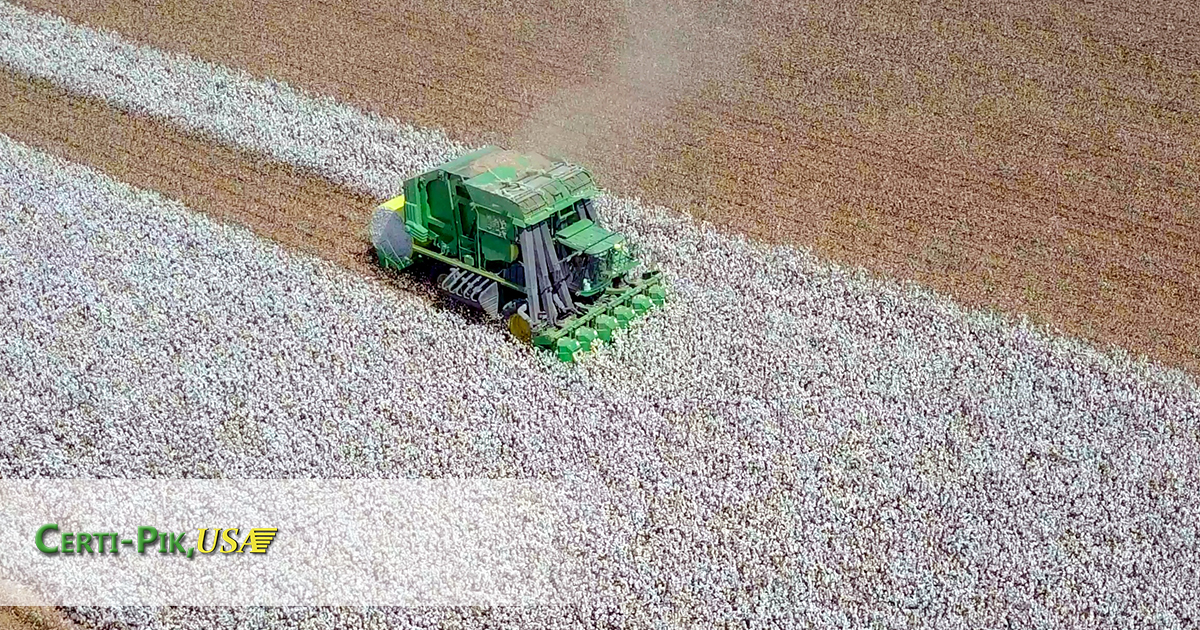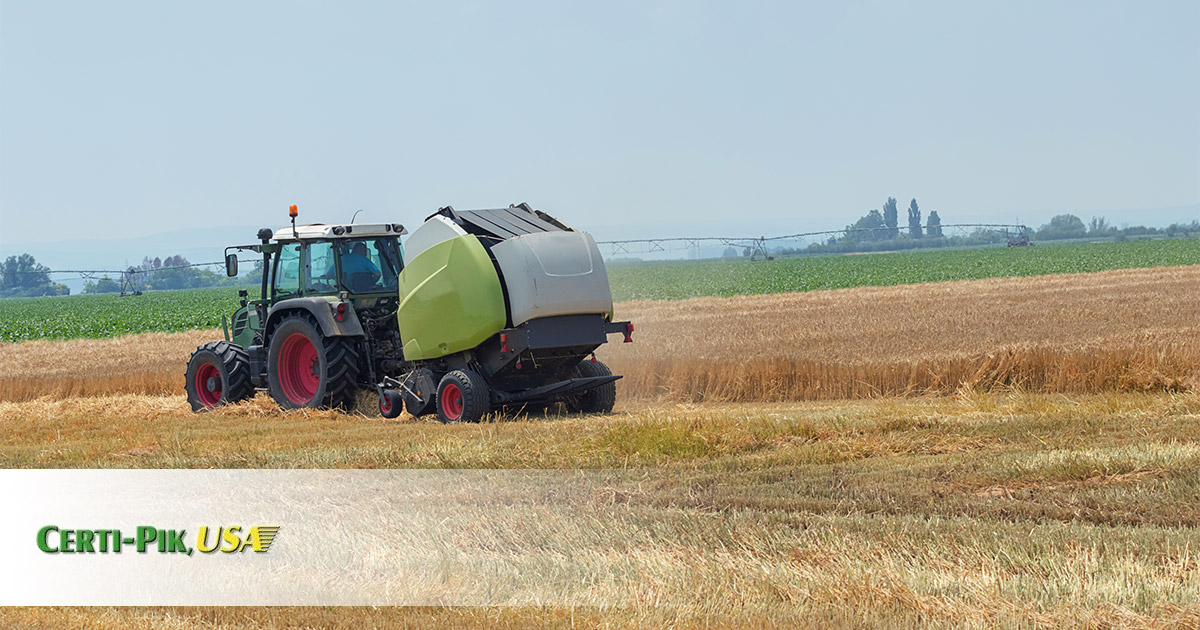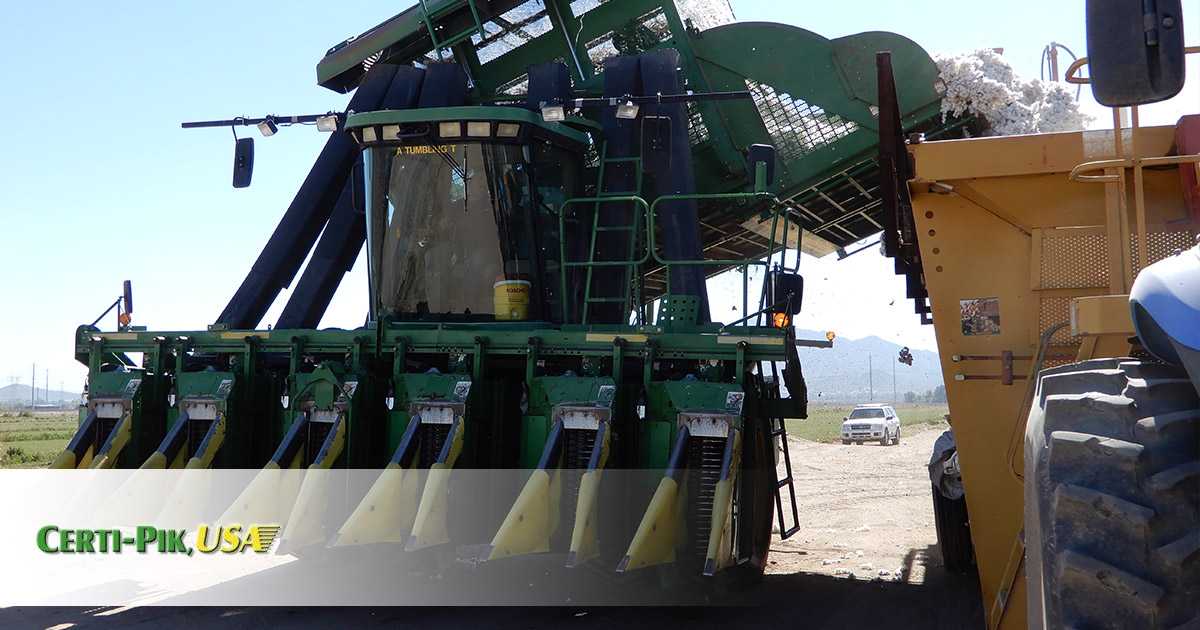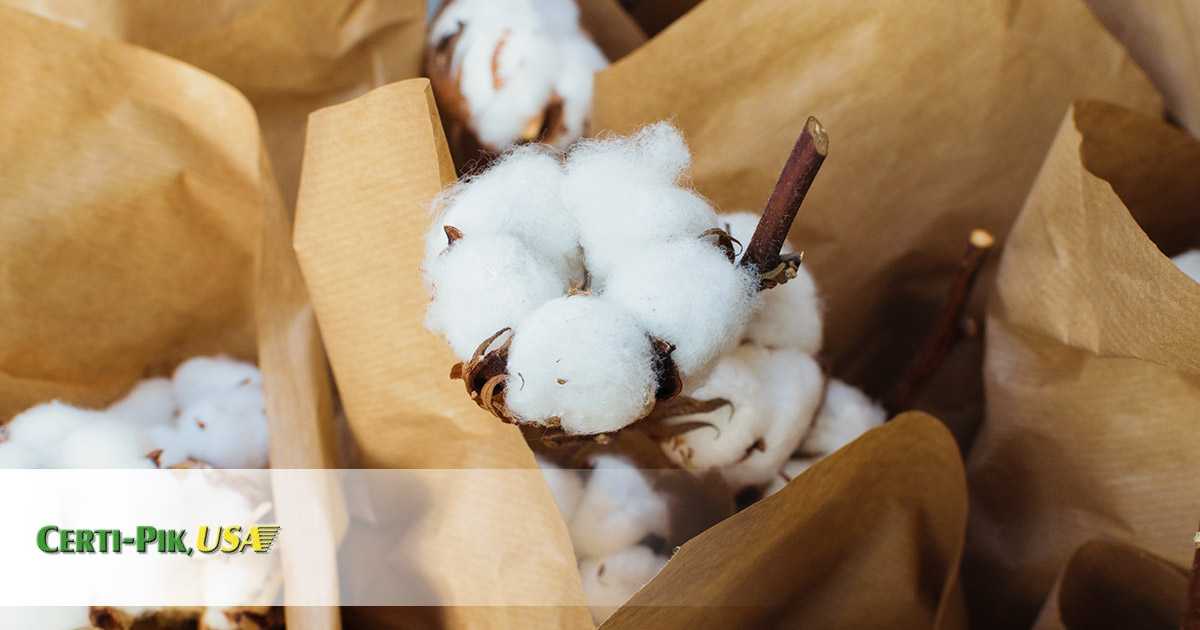The United States is the world’s leading cotton exporter. In 2017, over 20 million bales were produced in the United States accounting for over $7 billion to the economy. China and India together produce about 50% of the world’s fiber, but much of the material stays in their countries for manufacturing. The industry in the
READ MOREAuthor: Certi-Pik, USA
Case IH Module Express FAQs
The Case IH Module Express is a high-performance cotton picker designed to help you streamline the harvest process while reducing equipment and labor investment. This machine picks cotton at great efficiency and builds beginner-friendly modules at the same time, effectively ensuring you spend less time in the fields. Despite the impressive features that the harvesting
READ MOREWhere Does Cotton Come From?
Over the years, cotton has been grown for food, fiber, and fuel. Today, this versatile fiber can be found in clothes, towels, sheets, and is also used in medical procedures. While cotton has become a part of our daily lives, not many people know where it comes from. Here is part of the information you
READ MOREJohn Deere CP690 FAQ’s
For cotton producers, the harvesting season can be a particularly busy and stressful time of the year. However, this period does not have to be horrible because you can use cotton collector machines to make operations more efficient and realize labor and equipment savings. The John Deere CP690 picker features Precision Cotton Harvesting Technology that
READ MOREWhat is Pima Cotton
What is Pima Cotton, and Where Is It Grown? There are various types of cotton species and fabrics, each with its own attributes. Among these types, the Sea Island, Egyptian, Upland, and Pima are known to have superior characteristics. To choose the best fabric for you, you will need to know the differences between the
READ MORE




